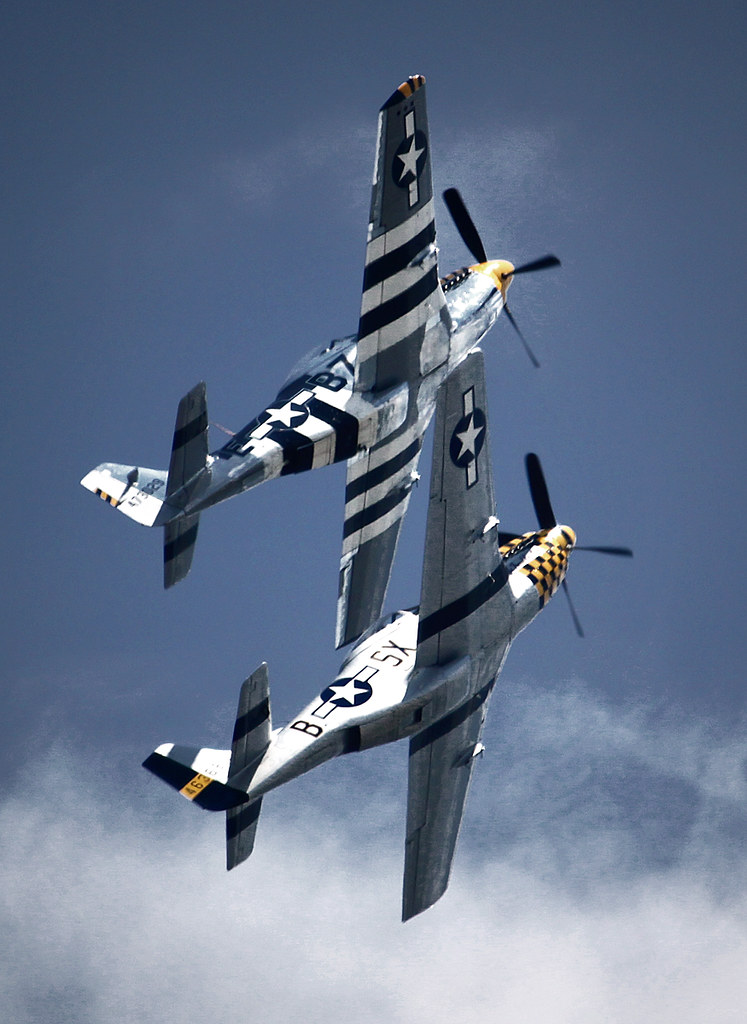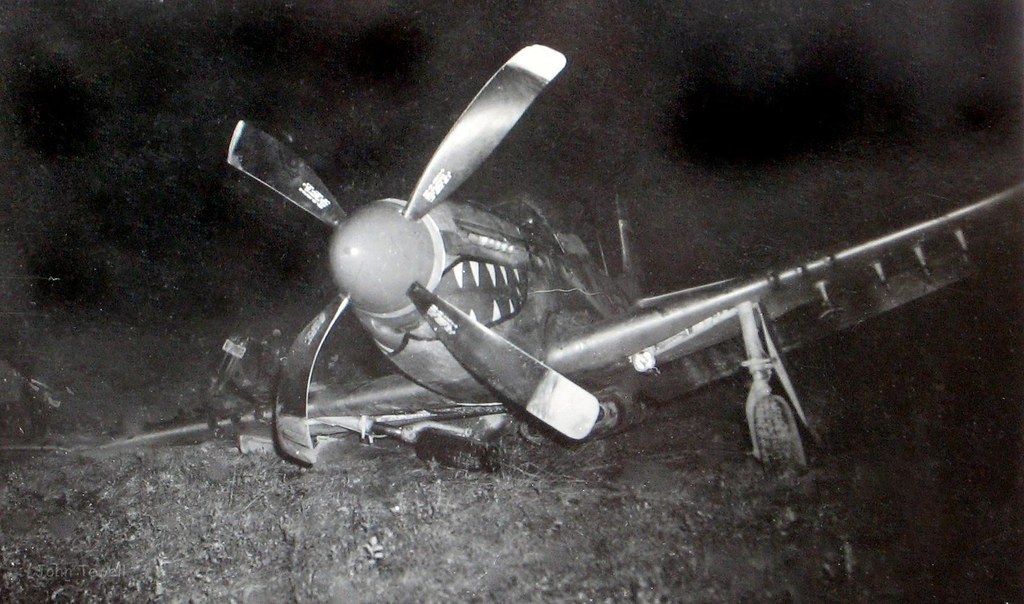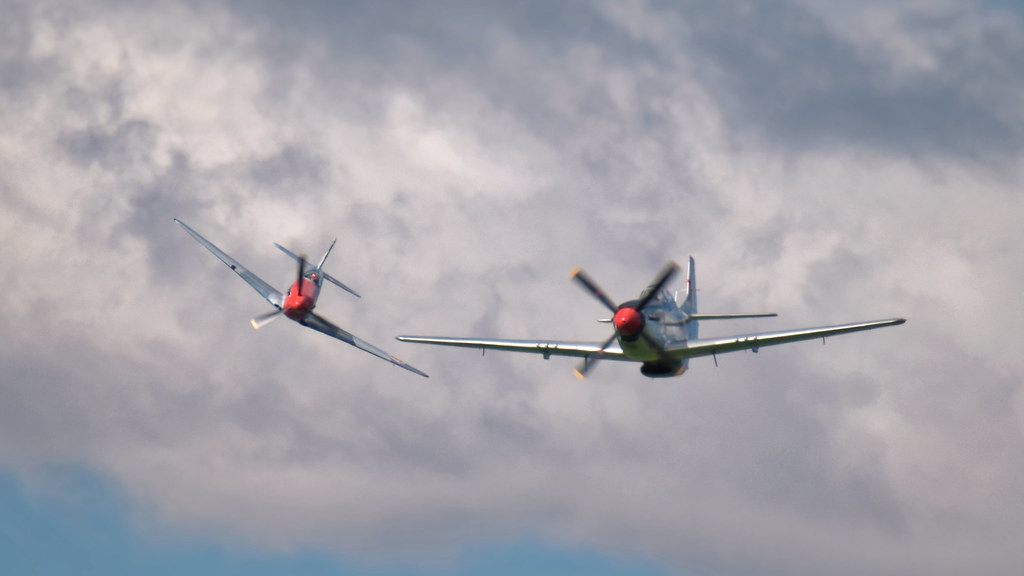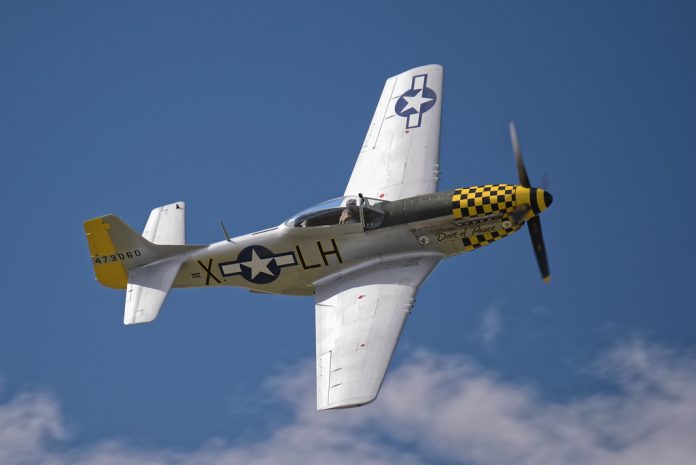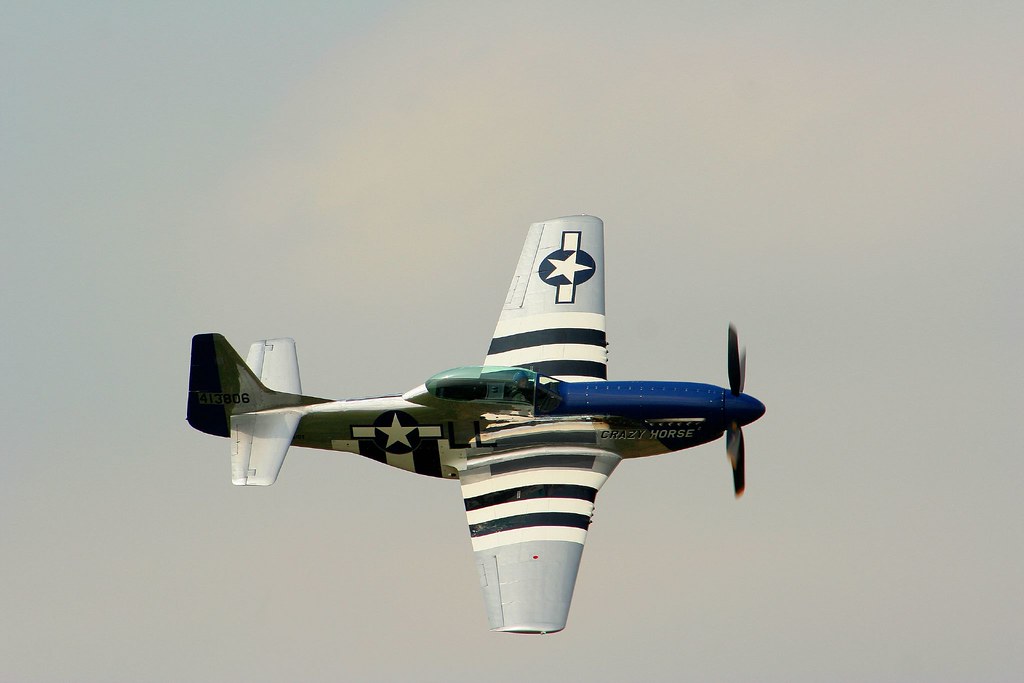
From the unforgiving battlegrounds of World War II arose a legendary fighter aircraft that not only changed the course of the war but also shaped the future of aerial combat: the North American P-51 Mustang, particularly when powered by the Rolls-Royce Merlin engine. The P-51’s exceptional range and combat prowess turned the tide of the air war, safeguarding Allied bombers and reducing their losses significantly.
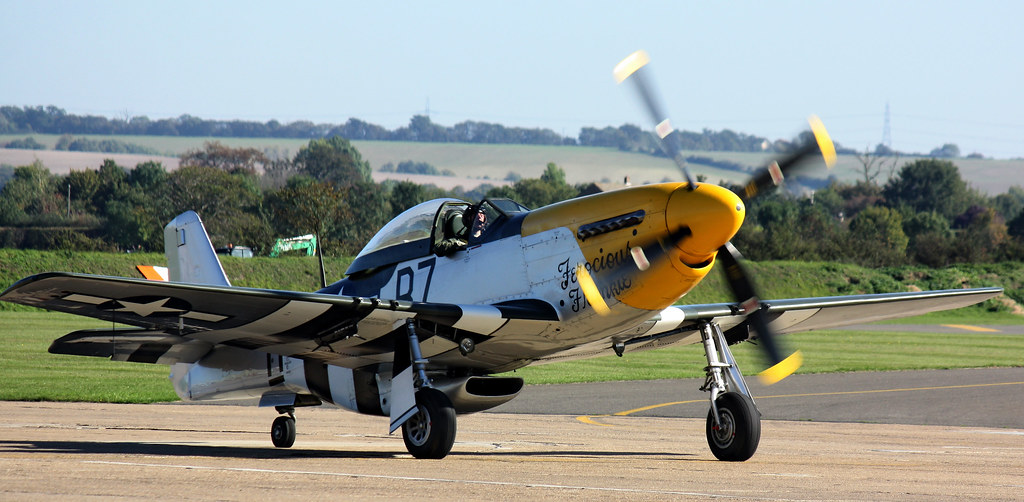
By 1944, the P-51 Mustang solidified its position as a crucial long-range fighter. The incorporation of the Rolls-Royce Merlin engine into the P-51 airframe, a modification initially trialed by the British, led to the development of the P-51D variant. The influence of the P-51D on the Allies’ air operations was significant; this high-performance, high-altitude fighter could accompany heavy bomber formations to their targets deep within enemy territory and bring them back safely. Serving as the primary fighter for the US Army Air Forces (USAAF), it played a vital role in recommencing strategic bombings that had been suspended in 1943 due to the high losses of unescorted bombers.

With its introduction, daylight bombing missions commenced once more in earnest in the summer of 1942.An extraordinary group that flew the Mustang was the 332nd Fighter Group, known as the “Red Tails.” These African American pilots, trained at the segregated base in Tuskegee, Alabama, between 1941 and 1946, flew over 15,000 sorties. They made a name for themselves in the skies over Europe. Their bravery and skill were instrumental in paving the way for the integration of the US military.

Behind the P-51’s evolution was a man whose dedication and vision proved indispensable—Lt. Col. Thomas J. Hitchcock Jr. Before his involvement with the P-51, Hitchcock had an impressive military and civilian background, which included his escape from German captivity during World War I and his influence on F. Scott Fitzgerald’s character Tom Buchanan in “The Great Gatsby.”

Hitchcock’s foresight and commitment to developing the P-51 were key to its success. Upon witnessing the impressive capabilities of the P-51A with the Rolls-Royce Merlin 61 engine, he advocated for its immediate development into a high-altitude fighter. His report in the fall of 1942 led to a significant order of the new P-51Bs by the USAAF. Unfortunately, Hitchcock did not live to see the full impact of the Mustang, as he perished during a test flight on April 18, 1944. However, his contributions were evident when Mustangs escorted the US bombers during the first daylight raids on Berlin in March 1944.
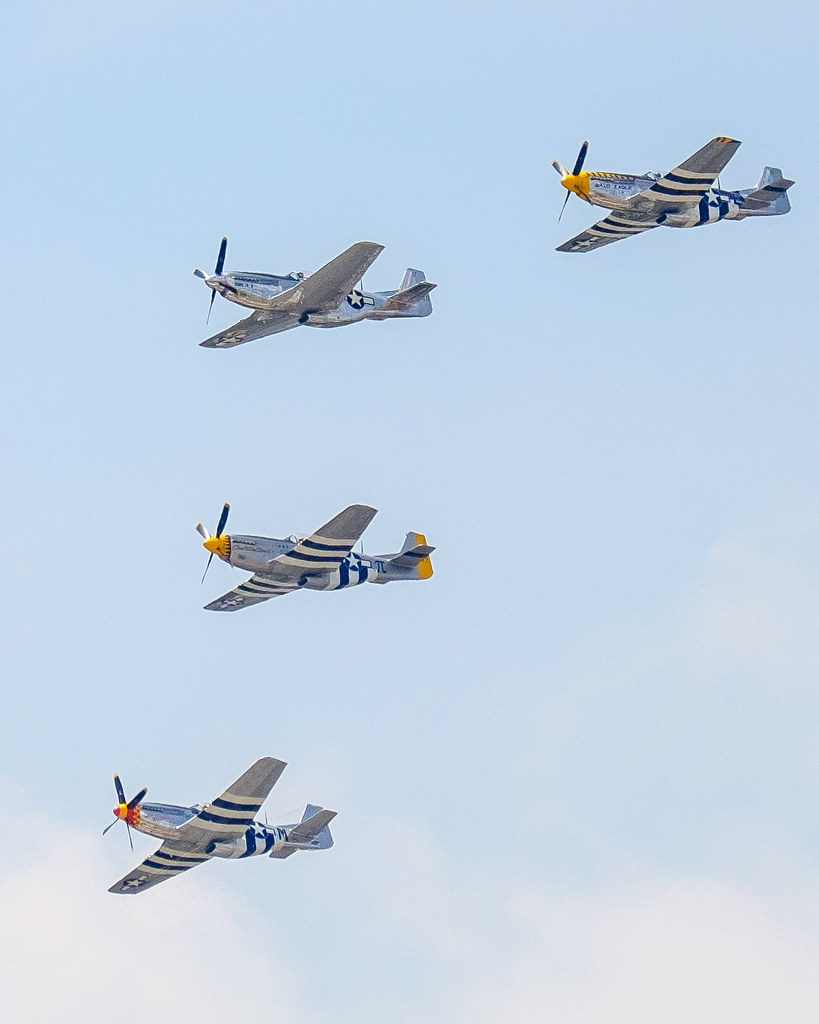
The significant reduction in American bomber losses demonstrated the Mustang’s vital role in the air. In October 1943, about 9.1% of bombers failed to return from their missions, and 45.6% came back damaged. With the Mustang’s protection, these numbers plummeted in February 1944 to 3.5% and 29.9% respectively.

The Mustang’s prowess was not limited to the European skies. As the war advanced, Merlin-powered Mustangs were utilized by the RAF for daytime operations over Europe and were even manufactured under license in Australia. Overall, the P-51 Mustang, particularly when paired with the Rolls-Royce Merlin engine, remains a symbol of World War II aviation—a revolutionary aircraft that provided the Allies with the aerial superiority needed for success.
related images you might be interested.



